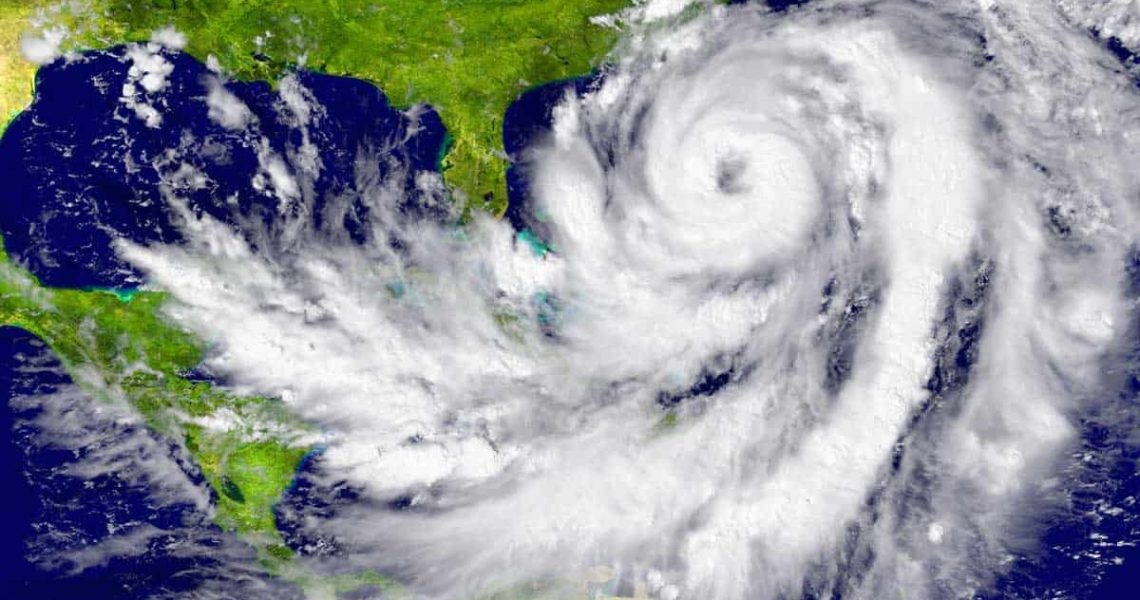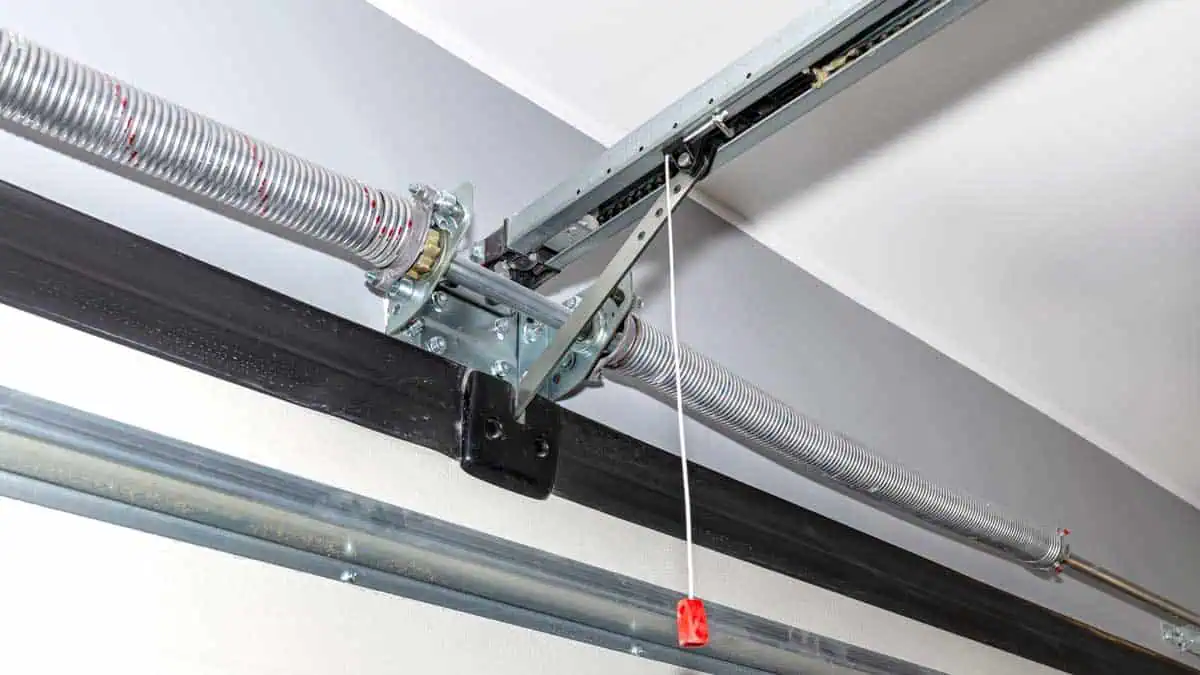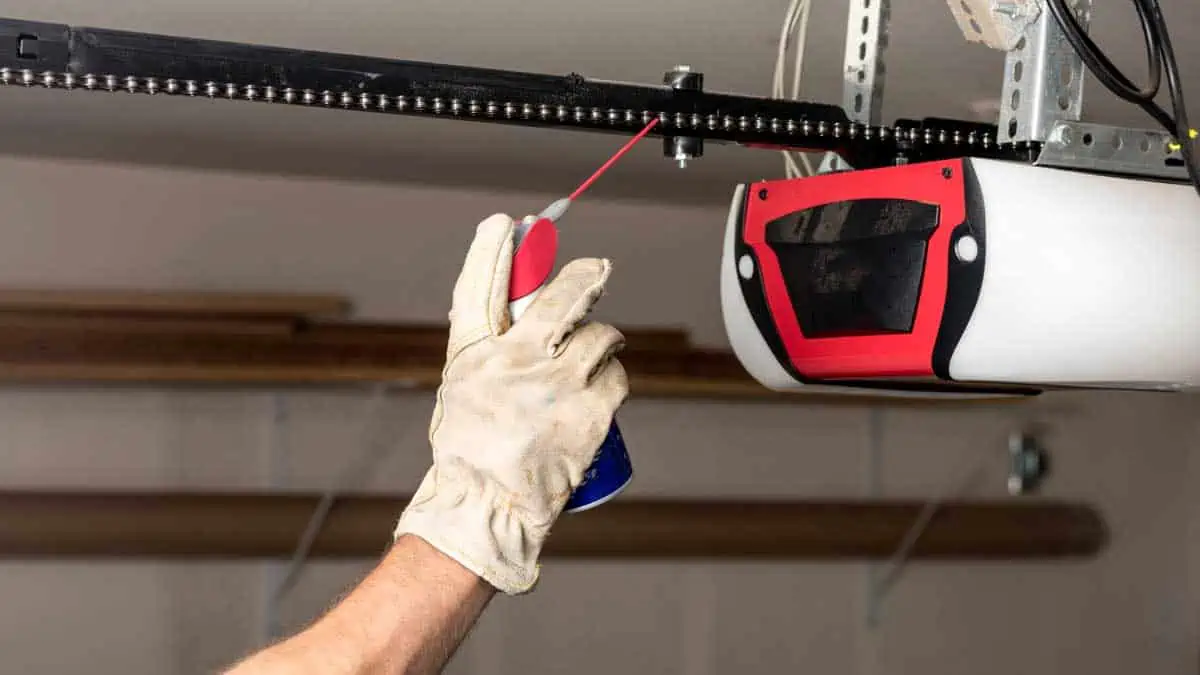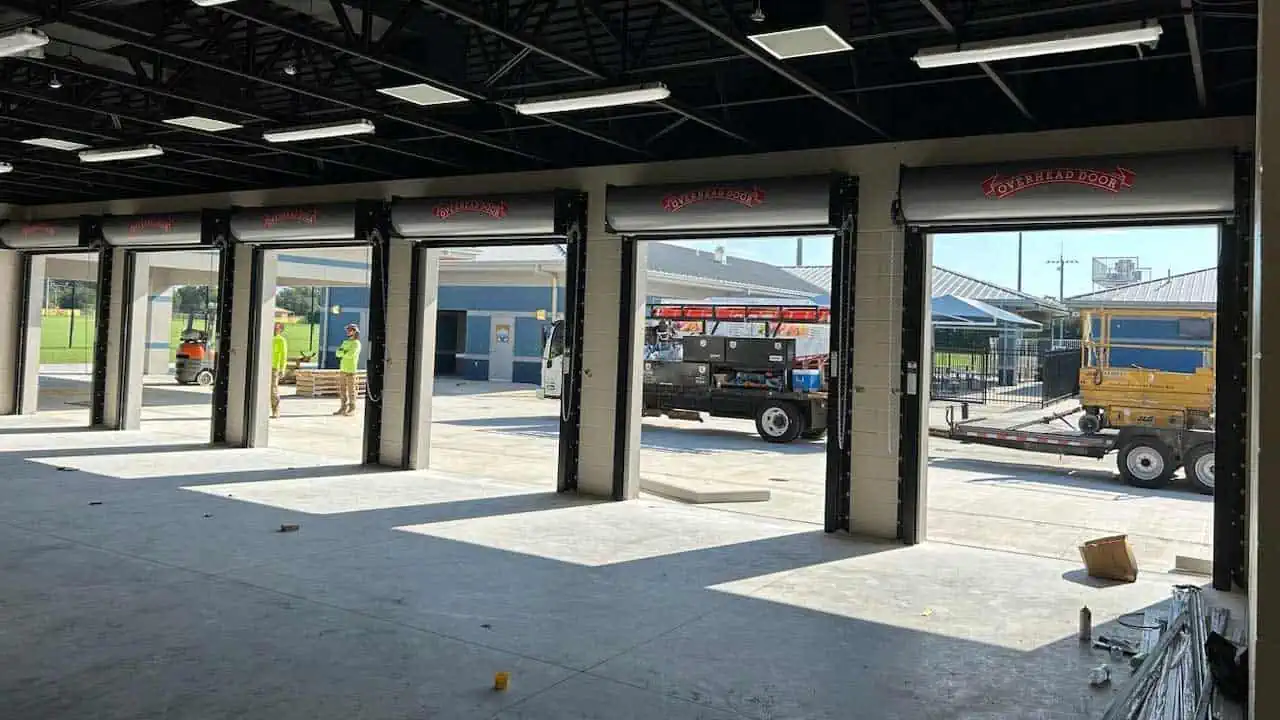The 2019 hurricane season is already two months old. For those that live in areas prone to the impacts of hurricanes, like Florida or the Gulf Coast, it is imperative to shore up your preparations to protect your home from damage.
There is potential for devastation from wind, rain, and storm surge when a hurricane makes landfall. Once a home loses its roof, windows, or garage door, the cost of damage rises significantly.
The unfortunate truth is people often use recency bias as a reason to avoid preparing their homes for hurricanes. Many think, “Last year wasn’t so bad,” and put off things like replacing an aging garage door.
The time is now to have a garage door installation expert out to your home to evaluate the current state of your door and opener. Having a whole-home hurricane safety evaluation is a great idea before the next storm hits.
There is good news for those needing a new garage door. Studies show that an updated, secure garage door has one of the best returns on investment. Replacing the door makes your home more hurricane ready and adds value.
As we mentioned earlier, there is no time left to delay getting prepared. August marks the more active portion of hurricane season. Here are some tips to making sure you and your home are ready to face a hurricane if one rolls into your town.
Water is Dangerous
When asked to describe a hurricane, most people mention the wind first. However, the water associated with these storms can be the most damaging. There are many ways that water can lead to significant recovery costs.
Never take storm surge projections for granted. If you live near the coastline, always pay attention to the storm surge forecasts. Storm surge is not a slow and steady process. In coastal areas, water can quickly rise to above door frames.
Evacuate when directed to do so. To prepare for significant storm surge, move valuables upstairs and turn off utilities like the gas and electricity.
Flooding can happen well inland. The rain can be far more devastating than wind damage for people living inland from a hurricane landfall. As little as six inches of rain can swell rivers over their banks in some areas.
Preparation for rain and possible flooding is diverse. Diagnose the likelihood of flooding in your home and prepare accordingly by sandbagging as necessary. Make sure gutters are clean and the water will run away from your home rather than pooling at its foundation. For those with significant flooding potential, consult a professional about pumping options.
Consider Your Garage Door
Many garage doors are made from materials that are quick to give in to negative pressure or hurricane-force winds. Once your garage door gives way, the big problems can add up.
Wind getting directly into your garage can force the roof off. If the roof is attached to your home, further damage will likely occur. A garage door that has been blown in or sucked out would be devastating to your home’s ability to stand up to hurricane-force winds.
There are multiple options with varying levels of investment for shoring up your garage door. Wind and impact-resistant doors are a great option but can be on the upper end of your hurricane-prep budget. Alternatively, there are vertical garage door braces on the market that could help your door resist wind damage.
Speaking of door reinforcement, take note of your other doors around the exterior of your home. If there are only two hinges, adding a third makes it far more wind resistant. A high-quality deadbolt will also be a good upgrade for hurricane preparedness.
Check on Your Roof
The iconic videos of hurricanes ripping roofs off of homes are often devastating to watch. Most building regulations in areas vulnerable to hurricanes require the addition of roof straps to new homes and structures. Older homes may not have this benefit.
It is possible to enhance the roof security of older homes that have rafters in their attics. This is a great idea to check on if you own an older home. Roof straps (or ties) significantly improve the chances your roof will stay attached to the walls of your home during high wind situations.
If your home was built with these features in place, it is still vital to ensure your roof is in good shape. Regular inspection of your roof for missing or broken shingles can prevent further damage, even during a less violent storm.
If you have a porch, covered deck, or carport, evaluate the strength of these items. Consult a contractor for ideas if you feel they are likely to be pulled away by high winds.
Consider Your Windows
First, let’s clear something up. Have you ever seen the giant X’s made of duct tape strewn across windows as a storm approaches? This is not a good idea! While made wildly popular by appearing in news clips, it is more likely to do harm than good. The tape will not prevent breakage in high winds and will likely result in huge pieces of glass which are more dangerous.
Keep windows closed during storms. Another popular storm preparation wives’ tale is to open the windows to ensure equal pressure. Unless you live in some sort of sealed glass dome, your home is already going to equalize itself. Keep your windows closed to prevent water and flying objects from entering.
Unlike taping windows, using plywood to cover windows is a great idea. 5/8-inch plywood pieces covering windows is a great way to prevent window damage during a storm. There are even window clips that make it possible to attach plywood without nailing or screwing into your home’s exterior.
The best preparation for windows is the installation of hurricane shutters. If you live near the coast where hurricanes are relatively prevalent, your best window protection is hurricane shutters. You can install these yourself or solicit a professional to put them in.
Perform an Annual Yard Cleanup
Maintaining your yard is a good idea, regardless of the threat of hurricanes. It keeps your home looking good while ensuring your garden, trees, and lawn remains healthy.
There are several steps to take annually like pruning trees, bushes, and large plants that will turn into flying objects if unhealthy in a windstorm. Also, make note of anything that could go flying, so you can be prepared to bring them indoors.
Check-in with Your Insurance Company
Insurance companies can be sticklers for details after a storm. Make sure your policy is up to date and offers the coverage you need for wind and flooding damage. Check your policy to make sure all your valuable items are listed under the coverage, as well.
Before performing any updates like a new, wind-resistant garage door, check with your insurance provider about discounts for hurricane preparations. Take full advantage of these types of offers.
Take the Time to Get Prepared
If you have put off hurricane preparations, you are not alone. Take the time now to catch up and get ready ahead of the next storm. Make a full evaluation of your home, including oft-forgotten areas like your garage door.







